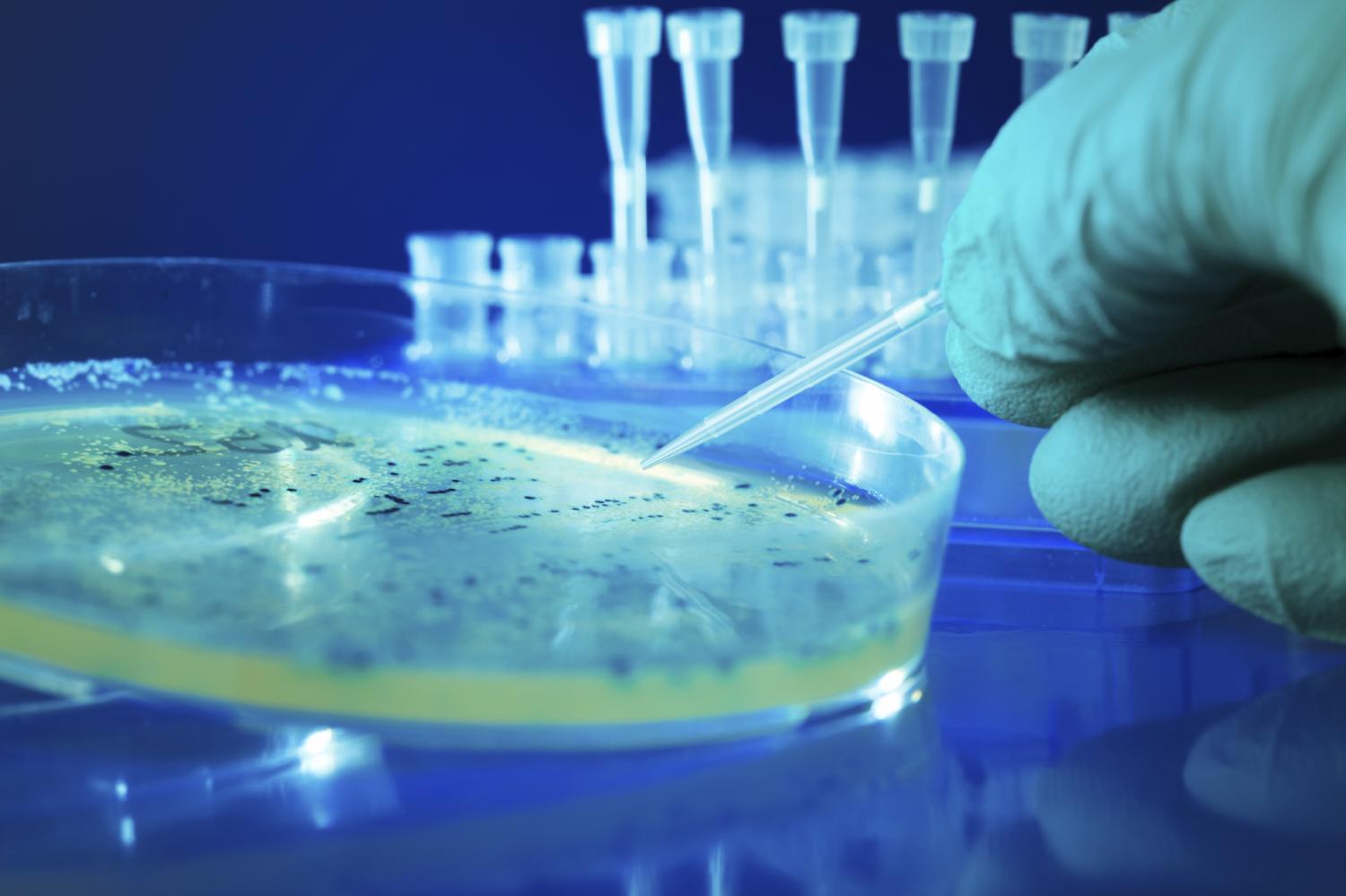The growing use of culture-independent diagnostic tests (CIDTs) helps doctors diagnose foodborne illnesses faster, but it may make detection of foodborne disease outbreaks harder, the Centers for Disease Control and Prevention (CDC) said today in its annual report on foodborne illness.
CIDTs provide results in hours, whereas culturing—growing bacteria in a lab—typically takes days, the CDC noted. But culturing produces isolates that can be used to identify serotypes and subtypes and to gather other information that's essential for detecting illness clusters and monitoring trends, the agency said.
In the report, the CDC said 2015 data from its Foodborne Diseases Active Surveillance Network (FoodNet) show limited progress in reducing rates of foodborne illness, compared with averages for 2012 through 2014. A decrease in one common Salmonella serotype may be related to changes in the poultry industry, while increases in Cryptosporidium and non-0157 Shiga toxin–producing Escherichia coli (STEC) infections may be mainly due to increased testing, the report says.
Implications of testing changes
CIDTs are designed to detect antigens (the part of a pathogen recognized by the immune system) or nucleic acid sequences of a pathogen, the CDC report says. For STEC, CIDTs detect Shiga toxin or genes that encode the toxin.
In 2015, FoodNet received 3,112 positive CIDT reports, meaning results that were not confirmed by culture, for Campylobacter (2,021), Shigella (454), Salmonella (361), and STEC (254). The numbers marked a 122% increase from the averages for 2012 through 2014, the CDC reported.
In FoodNet, current methods to assess trends in bacterial illnesses are based solely on culture-confirmed infections, the report notes: "Isolates are still needed for antimicrobial susceptibility testing, serotyping, subtyping, and whole genome sequencing; these data are critical for monitoring trends, detecting clusters of illness, and investigating outbreaks."
For Salmonella in particular, with its many strains, an inability to identify serotypes will "markedly limit detection and investigation of outbreaks," the CDC said.
Limitations in the understanding of CIDTs and variations in the handling of them impede the ability to assess and interpret foodborne disease trends, the CDC said. For example, test sensitivity and the likelihood of false-positive results vary among CIDTs, and the availability of the tests may increase testing for some pathogens.
To address this problem in the short term, the CDC said in a press release, "Clinical laboratories should work with their public health laboratories to make sure a culture is done whenever a CIDT indicates that someone with diarrheal illness has a bacterial infection."
For a long-term solution, the CDC calls for the development of "methods to detect the genetic sequences of pathogens directly and rapidly from stool specimens, which has the potential to benefit both clinical and public practice, because subtype, resistance profile, and other features can be obtained from the genetic sequence."
2015 Foodborne trends
In 2015, FoodNet detected 20,107 infections confirmed by culture or, in the case of parasites, by other lab tests. The cases included 4,531 hospitalizations and 77 deaths. As in past years, Salmonella and Campylobacter were the most common pathogens, respectively causing 7,728 and 6,309 illnesses, which translate into rates of 15.89 and 12.97 per 100,000 people. FoodNet covers 10 states and other jurisdictions, with a total population of about 49 million.
When positive CIDT results were added to the culture-confirmed total for Campylobacter, the incidence increased to 17.12 per 100,000 people. For Shigella, Salmonella, and STEC, adding the positive CIDT results to the total increased the incidence only slightly.
Among other findings highlighted by the CDC, the incidence of Salmonella Typhimurium in 2015 was 15% lower than the average for the previous 3 years. That continued a previous trend and may reflect increased vaccination of poultry and stricter federal performance standards for preventing Salmonella contamination in poultry meat, the report says. Typhimurium was the third most common Salmonella serotype, after Enteritidis and Newport.
FoodNet also found that Cryptosporidium cases increased 57% over the previous 3-year average, but this was probably due to increased testing. Likewise, increased testing probably also explains, at least in part, the 40% increase in non-O157 STEC infections identified in 2015, the report says. Last year 74% of labs tested for these pathogens, up from 55% in 2012.
CDC. Infection with pathogens transmitted commonly through food and the effect of increasing use of culture-independent diagnostic tests on surveillance—Foodborne Diseases Active Surveillance Network, 10 U.S. sites, 2012-2015. MMWR 2016 Apr 15;65(14):368-71 [Full text]
See also:
Apr 14 CDC press release



















